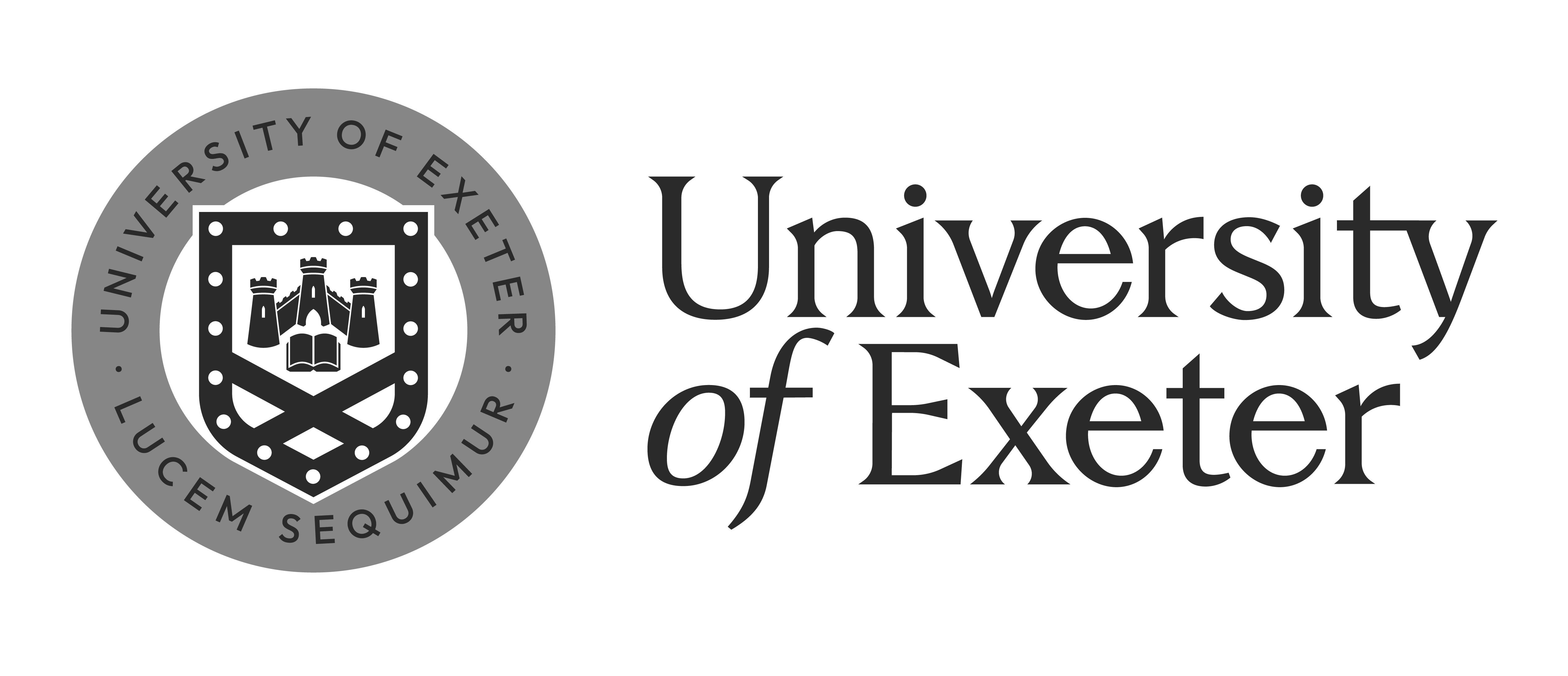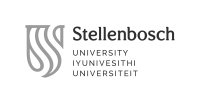F2515 Water Heritage and Sustainable Development
Professors
Schedule
Course description
In keeping with the aims of the UNESCO Chair on Water Heritage and Sustainable Development and the approach to Environmental Humanities of The NEW INSTITUTE CENTRE for Environmental Humanities (NICHE) at Ca’ Foscari University of Venice, this course introduces students to the concepts of sustainability, heritage, and water from the transdisciplinary perspective of historical geoanthropology. Geoanthropology – the emergent field informing the research of the Max Planck Partner Group ‘The Water City’ in Venice in collaboration with the Max Planck Institute of Geoanthropology in Jena – studies the dynamic interrelations between nature and society by drawing on various established and emerging fields, such as hydrosociology, political epistemology, and Earth system science. The course integrates this innovative theoretical approach with multiple historical case studies centered around Venice and its lagoon.
The theoretical dimension of the course consists in repositioning the concepts of sustainability, heritage, and water from the perspective of theoretical and environmental humanities. First, the course considers sustainability within the Anthropocene paradigm, according to which humans are situated agents in a destabilised planetary ecosystem. This paradigm emphasises that a reorientation towards sustainable existence must involve considerations of the social and political functions of science, production, and technology. Second, building on these premises, the course approaches heritage—the sedimentation of material, cultural, and epistemic flows—from the perspective of critical biopolitics, which examines the material conditions of the political categories related to the preservation of life. The decision of which sedimentations are worth preserving for current and future generations involves answering underlying biopolitical and ideological questions: Which kind of life is considered valuable and worth saving? What is the role of culture and its dynamics (including habits, values, ideals, esthetics) in shaping ecosystems? Finally, the course approaches water and its circulation as a key element in global metabolic networks. From the perspective of hydro-sociology, water emerges as both a material resource vital to, for example, sustenance and transportation, as well as a cultural sign with historical meanings.
As the history of science is particularly well placed to study the links between the past (represented by history) and the future (represented by science and technology), the analysis of historical case studies of the Venetian Republic from a geoanthropological perspective provides ideal grounds for the application of the theoretical framework. Each of the course’s three main sections will be accompanied by examples from Venice’s rich history of water management to further explore the topics discussed. First, to consider how decision-making affects future generations, the course will look at the wide-scale planning and actions of the Republic of Venice for the preservation of the lagoon. Examples include Cornaro and Sabbadino’s sixteenth-century dispute over the urban expansion of Venice, historical projects for diverging rivers outside the lagoon, and the modern-day MOSE enterprise. Second, the role of culture dynamics in shaping the ecosystems will be discussed through a series of small-scale land reclamation and preservation endeavors in the Venetian mainland, such as river cleaning of sediments, construction of water drainage canals, and rice growing. Finally, the material and cultural value of water will be examined in relation to the Veneto villa by considering its physical role in water management and the hydro-cultural ideals expressed in its fresco programs.
Syllabus – Weekly Breakdown of Classes and Readings
WEEK 1. Introduction, Prof. Pietro Daniel Omodeo (2 lessons). A basic introduction to the Anthropocene scholarship and the main themes to be treated in the course.
Readings:
Cristina Baldacci, Shaul Bassi, Lucio De Capitani and Pietro Daniel Omodeo (eds), Venice and the Anthropocene: An Ecocritical Guide (Venice: Wetlands, 2022), a selection.
Pietro Daniel Omodeo and Pietro Consolandi (eds), The Anthropocene Waterscapes of Venice (Venice: Edizioni Ca’ Foscari, 2025), a selection.
WEEKS 2–3. Part 1, Dr. Justas Patkauskas (3 lessons). Repositioning sustainability in the long Anthropocene paradigm with its multiple environmental grammars. Understanding science, production, and technology as political phenomena from a planetary, Earth system perspective. Introduction of the concept of material base.
Readings:
Fressoz, Jean-Baptiste. “Losing the Earth Knowingly: Six Environmental Grammars around 1800.” The Anthropocene and the Global Environmental Crisis. Routledge, 2015. 70–83.
Hornborg, Alf. “The Political Ecology of the Technocene: Uncovering Ecologically Unequal Exchange in the World-System.” The Anthropocene and the Global Environmental Crisis. Routledge, 2015. 57–69.
Gudeman, S. (2022). Community and economy: Economy’s base. In J. G. Carrier (Ed.), A handbook of economic anthropology (3rd ed.) (pp. 45–55). Edward Elgar Publishing.
Rees, Tobias. After Ethnos. Duke University Press, 2018.
WEEKS 3–4. Part 1, Dr. Meital Shai (3 lessons). Venetian water heritage: wide scale concerns of the historic Venetian Republic for the preservation and protection of the lagoon and the thriving city within it; the scientific solutions proposed between the sixteenth and eighteenth centuries for the defense and preservation of the lagoon, and their cultural, social, and political implications.
At the end of week 4, a visit is planned to the MOSE HQ.
Readings:
Giovanni Asmundo, “Learning from hydraulic Venice landscape: adaptive strategies and resilience”, Ri-Vista: Research for Landscape Architecture, 15, 2 (2017): 22-27.
Monica Porzionato, “Assemblages in the Venetian Lagoon: Humans, Water and Multiple Historical Flows”, Shima, 15 (2021): 121–136.
WEEKS 5-6. Part 2, Dr. Justas Patkauskas (3 lessons). Water as a resource considered from the perspective of political epistemology. The connection between resources and the material base. Introduction of the concepts of metabolism and the knowledge economy.
Readings:
Malm, Andreas. “The Origins of Fossil Capital: From Water to Steam in the British Cotton Industry.” Historical Materialism 21.1 (2013): 15–68.
Zimmermann, Erich Walter. World Resources and Industries (1951).
Robert Smithson, “Site and Non-Site.”
Foster, John Bellamy. “Marx’s Theory of Metabolic Rift: Classical Foundations for Environmental Sociology.” American Journal of Sociology 105.2 (1999): 366–405.
Renn, J. (2020). Chapter 8: The economy of knowledge. In The evolution of knowledge: Rethinking science for the Anthropocene (pp. 145–170). Princeton University Press.
WEEKS 6-7. Mid-course summary, Prof. Pietro Daniel Omodeo (2 lessons).
WEEKS 7–8. Part 2, Dr. Meital Shai (3 lessons). Historical case studies of small-scale challenges of water management in the Venetian mainland; the conflicts that typically arose with such endeavors, and the factors that influenced decision-making in favor of one party or another.
At the end of week 4, a guest speaker lecture is planned.
Readings:
Salvatore Ciriacono, “Chapter 2: Irrigation and Land Drainage in the Venetian Republic during the Sixteenth and Eighteenth Centuries”, in Building on Water: Venice, Holland and the Construction of the European Landscape in Early Modern Times (Oxford and New York: Berghahn Books, 2006), 62-100.
Denis Cosgrove, “Mapping New Worlds: Culture and Cartography in Sixteenth-Century Venice”, Imago Mundi, 44 (1992): 65–89 (here 65–75).
WEEK 9–10. Part 3, Dr. Justas Patkauskas (3 lessons). Heritage considered from the perspective of geoanthropology: a semantic sedimentation of material, cultural, and epistemic flows stemming from the material base. Examination of the problems of extractivism, mitigation/preservation, and discrimination. Introduction of the concept of biopolitics.
Readings:
Virno, P. (2018). “Appendix A: Negative Actions.” In An Essay on Negation: For a Linguistic Anthropology (Trans. L. Chiesa) (pp. 230–241). Seagull Books.
Virno, P. (2018). “Appendix B: Double Negation: A Resource for Praxis.” In An Essay on Negation: For a Linguistic Anthropology (Trans. L. Chiesa) (pp. 242–250). Seagull Books.
Campbell, Timothy, and Adam Sitze. Biopolitics: A Reader. Durham and London: Duke UP (2013). (Selected chapters)
Yusoff, Kathryn. “Biopolitical Economies and the Political Aesthetics of Climate Change.” Theory, Culture & Society 27.2-3 (2010): 73–99.
WEEK 10–11. Part 3, Dr. Meital Shai (3 lessons). A historical inquiry into the realm of the Veneto villa, to the role water plays inside it, and in its environment, also intended in the wider scale of the politics of the Republic; the villa’s physical traits as a control centre for its surrounding agricultural landscape; the hydrological ideals guiding villa life in the symbolism of the villas’ fresco decorations.
Readings:
J. S. Ackerman, Palladio’s Villas, Institute of Fine Arts J. J. Augustin, 1967, pp. 1-3, 8-17.
Sören Fischer, “The Allegorical Landscape. Alvise Cornaro and His Self-Promotion by the Landscape Paintings in the Odeo Cornaro in Padua”, Kunstgeschichte. Open Peer Reviewed Journal (2013): 1–11.
Meital Shai, “Chapter 2.3: The Local Microcosm of Villa Badoer and Villa Grimani Molin”, in The Cosmos at Home. The Fresco Cycle of Villa Grimani Molin at Fratta Polesine (Turin: Zamorani, 2019), 158–164.
WEEK 12. Conclusion, Prof. Pietro Daniel Omodeo (2 lessons).
At the end of week 12, an excursion to a Veneto villa/province will take place.
Readings:
Pietro Daniel Omodeo, “The Aquaformation of Modern Venice: Powers of Nature and Water Worlding,” in The Pavilion – Architecture of Stewardship, ed. Ella Kaira and Matti Jänkälä (Stockholm, Arvinius + Orfeus Publishing, 2025)
Learning Outcomes
The course will provide students with a conceptual framework and vocabulary in line with the values and goals set in the Agenda 2030 Sustainable Development Goals. The students will be able to evaluate and discuss issues of sustainability from an Earth System Science perspective while developing local cultural and historical sensibility. The course will foster the capacity to understand questions of heritage in relation to broader concerns about the preservation of distinct forms of life. The students will learn to identify global connectivity on the basis of a fundamental resource—water. The course will develop a situated understanding of the cultural and scientific history of Venice in view of the ecological challenges faced by the Water City within the lagoon and in its mainland territories. In general terms, the students will be introduced to the educational, scientific, and cultural mission of UNESCO and the Chair for Water Heritage and Sustainable Development.
Teaching and Evaluation Methods
25% – participation
25% – project presentation
50% – final project
In addition to in-class participation (25%), students will develop and present their project idea (25%) by the middle of the course. The final project (50%), such as a research essay, will be delivered after the lecture period.
For the project, each student will be required to select a geographical area of interest worldwide in which water heritage plays a central role, such as an urban center, a region, lake, or river. Students can choose from a list proposed by the professor or suggest their own case studies. Each student will have to examine the case by applying the terms and frameworks acquired throughout the course, analysing the past and present environmental challenges as well as possibilities for resolution, with comparative references to the Venetian case.
Bibliography
See above, included in the Syllabus.
Last updated: July 16, 2025


















